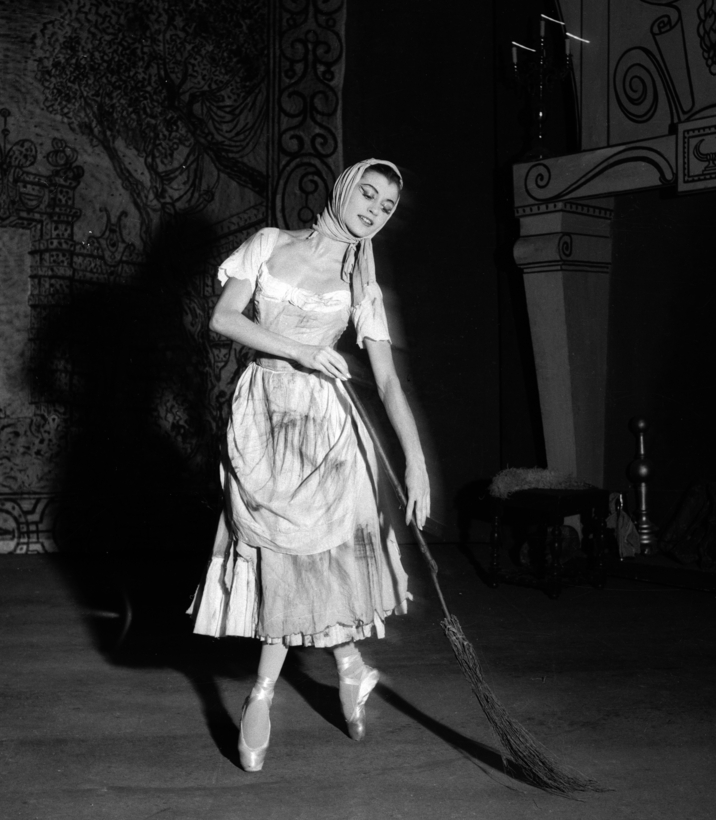I never saw Carla Fracci dance in a theater. I came to know this Italian ballerina, a star of the La Scala Theatre Ballet, through photographs and film. This was often the case back in the 1960s, 70s, and 80s. If a foreign company didn’t tour, or if you didn’t travel, you “read” (and re-read) the photographs and watched (and re-watched) the filmed performances. For me, Fracci was an object of fascination.
Born in 1936, in Milan, she was of humble origins—her father drove a tram and her mother was a factory worker. In her 1946 audition for the La Scala ballet school, she was the last girl chosen. The teachers weren’t sure about her physique but liked her face—the pale brow, dark eyes, high cheekbones. Fracci parted her black hair down the middle à la Taglioni, and possessed a Quattrocento smile. It was a face from the Romantic ballet, and she put her heart in it. It’s no surprise that Giselle was a signature role—her soulmate—or that Fracci was charm incarnate as the Sylphide (how exquisite and swift those sixth-position bourrées).

Fracci came of age midcentury. By 1956 she was in the La Scala company and by 1958 she was a principal dancer. Hers was a generation of ballerinas with staggering personal glamour and authority, and she was the principessa among them. Fracci had a clean, clear technique that privileged placement and radiance over glittery high extensions. And her port de bras was like no one else’s, upper body and arms alive with poetry and emotion, yet always within the armillary curves of classicism.
Today, watching clips of her dancing, one is reminded of how much flash we don’t need. And how much lightness and gravity, both contained in the same body, we’re missing. Fracci died on May 27, 2021. Will we ever again see such gentleness—dolcezza—at the ballet?
Laura Jacobs is AIR MAIL’s Arts Intel Report Editor
